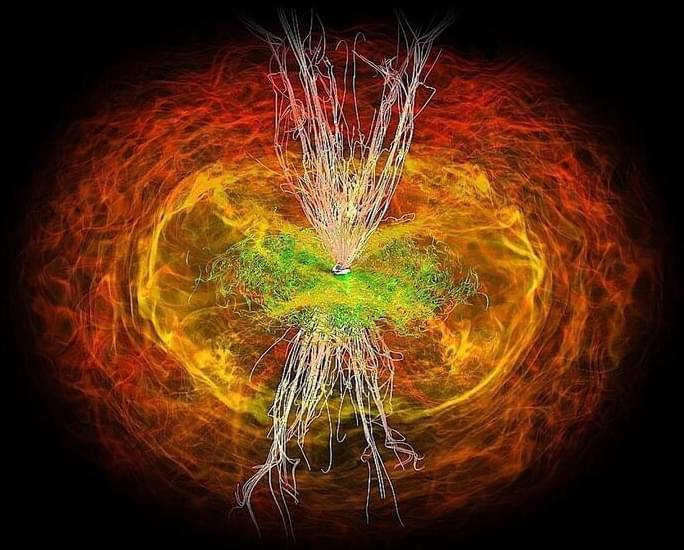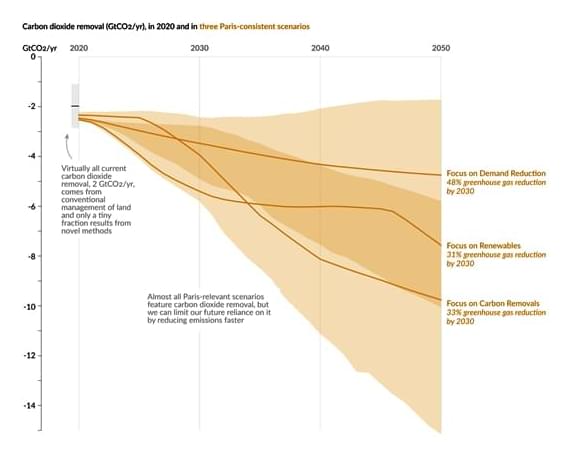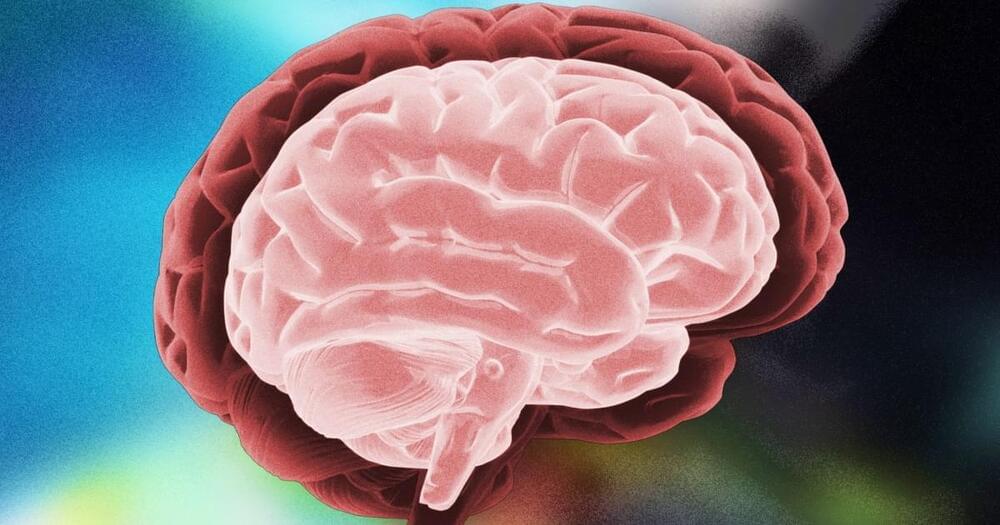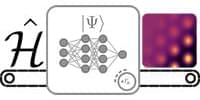https://youtube.com/watch?v=E7qJQ2i47ZY&feature=share
This video shows the humble beginnings and the 40 years of development journey of Boston dynamics’ robot ATLAS. We start with the first model developed in 1983 in the leg lab in MIT, all the way to the current version of Atlas shown in 2023 in the Boston dynamics youtube channel.
Atlas is an incredibly advanced humanoid robot that has been developed by the robotics company Boston Dynamics. It is a bipedal robot that stands at 6 feet tall and weighs 180 pounds. It is capable of performing a variety of tasks, including walking, running, jumping, and even performing backflips.
Atlas is equipped with a variety of sensors, including cameras, laser rangefinders, and inertial measurement units. This allows it to perceive its environment and interact with it in a variety of ways. It is also equipped with a powerful onboard computer that allows it to process data and make decisions.
⏱️ TimeStamps :
0:00 1983
0:19 1985
0:51 1989–1993
1:11 1994
2:07 2009
2:15 2011
2:25 2013
3:23 2016
4:26 2017
5:37 2021
6:26 2023
7:31 Subscribe smile
🏷️ HashTags: #bostondynamics #artificialintelligence #robots






